Trade dispute between China and Australia heightens after China’s Ministry of Commerce indicated it had decided to initiate the anti-dumping investigation into Australia’s wine industry. Australia Trade Minister Simon Birmingham hit back and criticized the move as ”disappointing and perplexing”
Birmingham said, “Australian wine is not sold at below market prices and exports are not subsidized. Australia will engage fully with the Chinese processes to strongly argue the case that there are no grounds to uphold the claims being made.” “This is a very disappointing and perplexing development”.




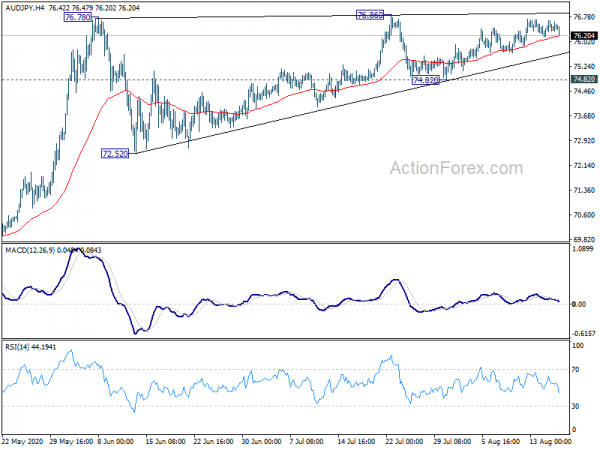
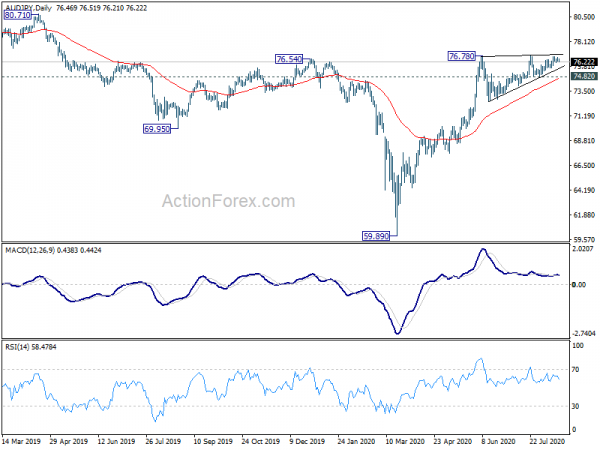
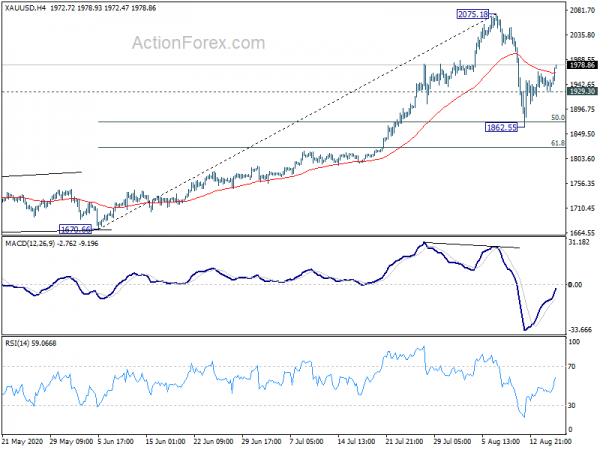
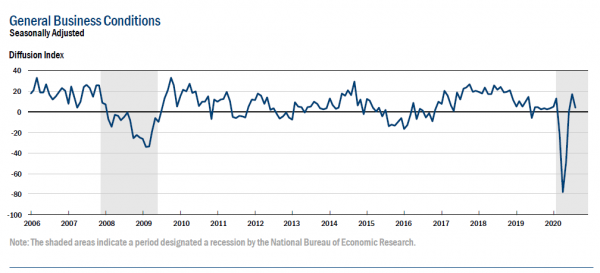
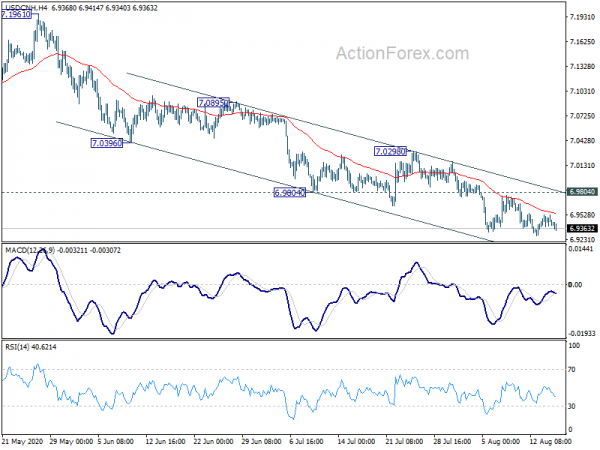
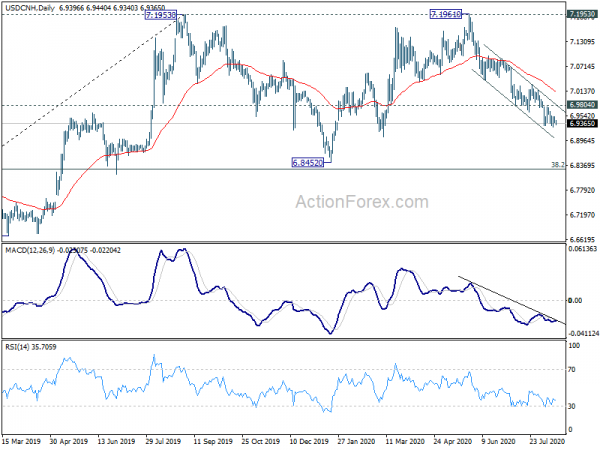
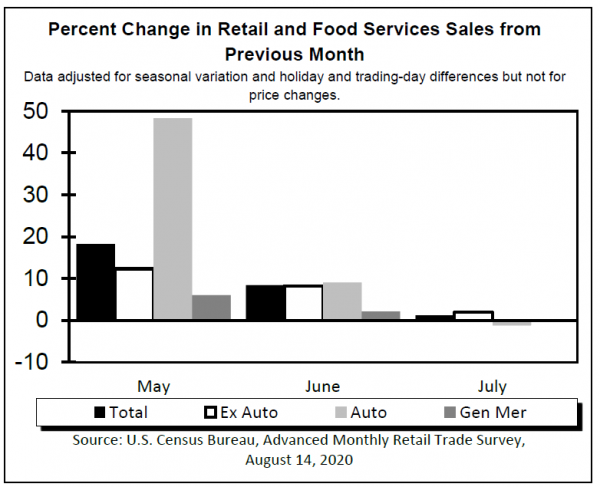
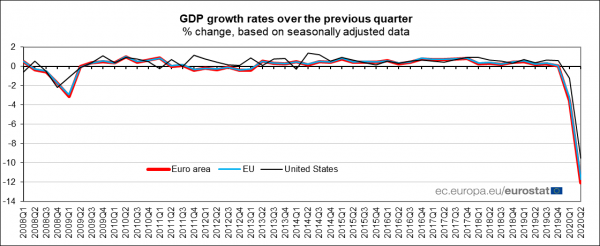
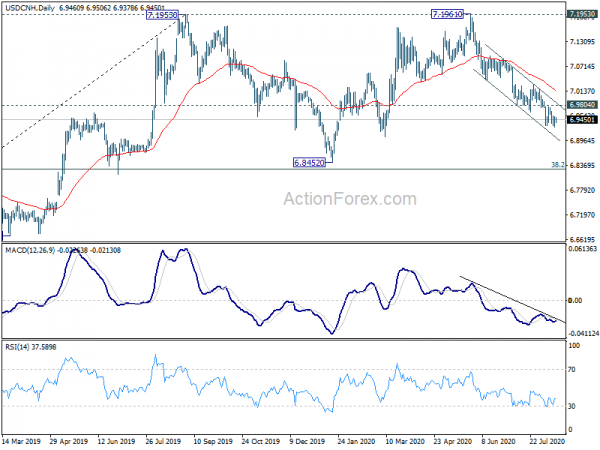
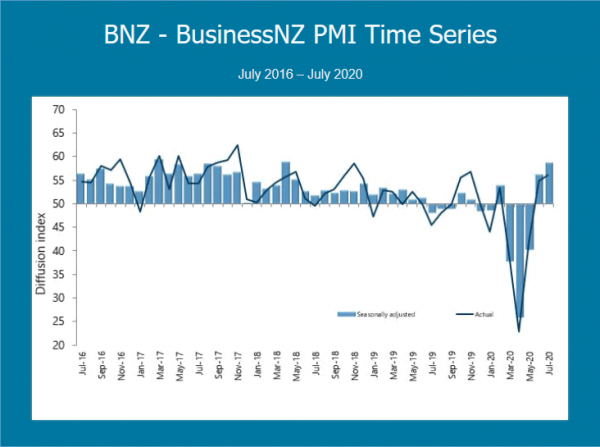
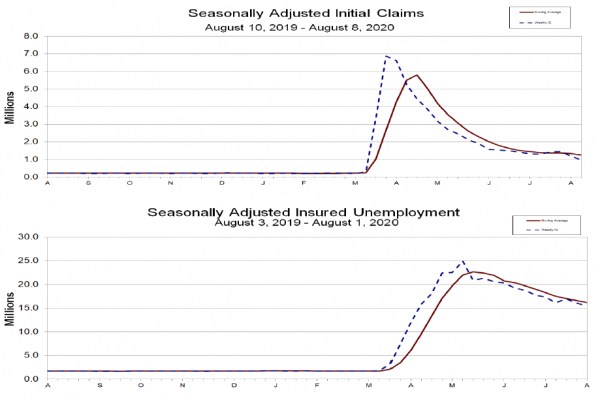
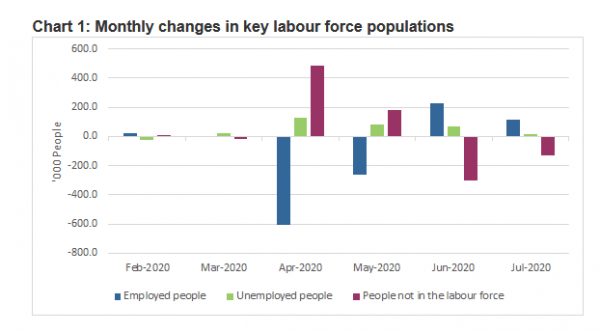

NZD/USD and NZD/JPY pressured on NZD’s broad weakness
New Zealand Dollar continues to diverge with other commodity currencies this week. In particular, yield differential has driven AUD/NZD to the highest level in 2 years. We argue that recent rally is over-extended as discussed in this report. Cross selling is, nevertheless, keeping the Kiwi weak elsewhere. For example, despite weak downside momentum, NZD/USD’s fall from 0.6175 short term top is still in favor to extend lower with 0.6600 minor resistance intact. Focus is on 55 day EMA (now at 0.6511). Sustained break there could pave the way to 38.2% retracement of 0.5469 to 0.6715 at 0.6239.
NZD/JPY’s picture is slightly worse as 55 day EMA is taken out already. As long as 70.52 resistance holds, correction from 71.67 should extend through 68.10 support to 38.2% retracement of 59.49 to 71.67 at 67.01.